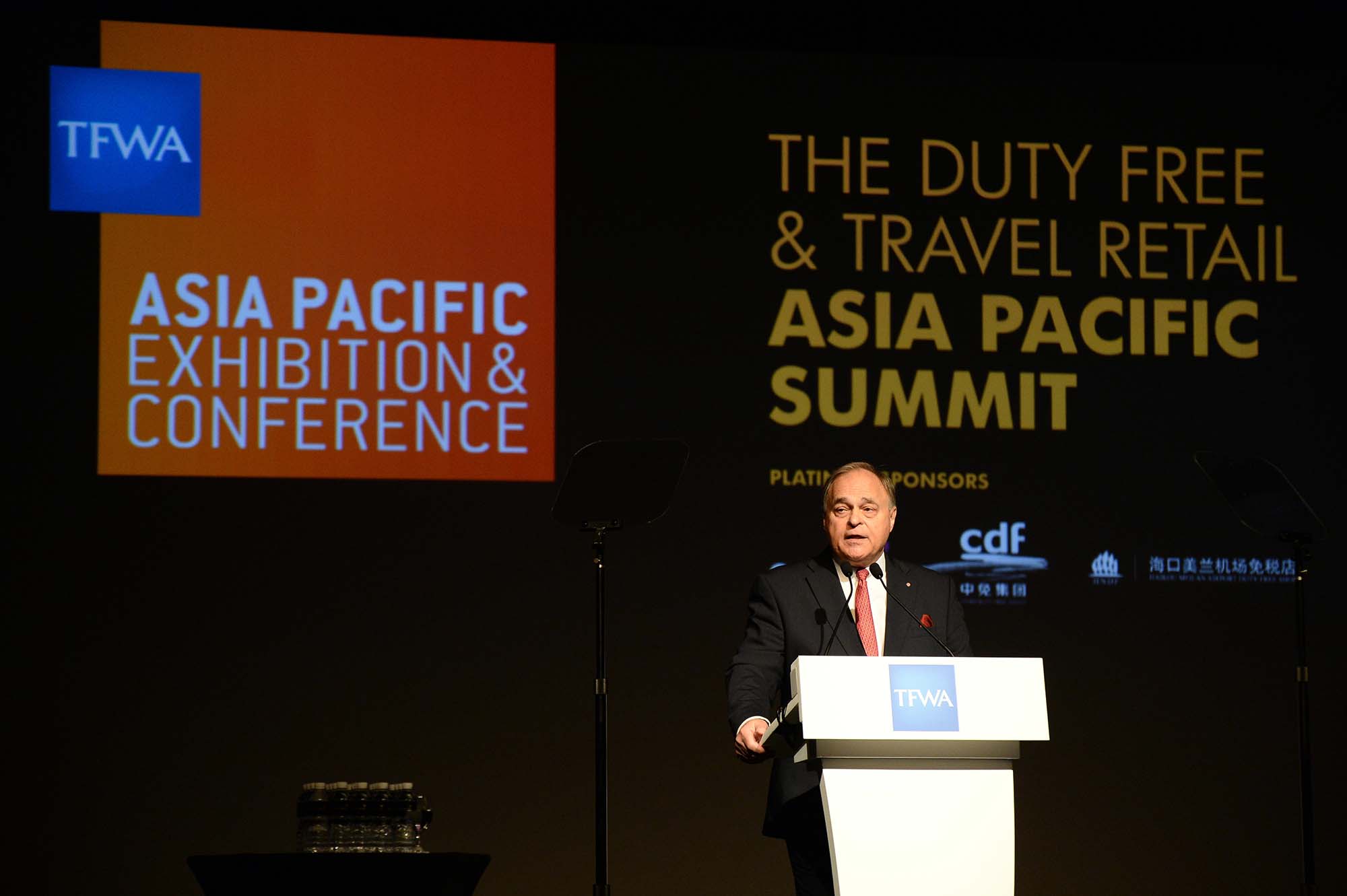At the 21st Duty-Free and Travel Retail Asia Pacific Summit, latest data from two of the industry’s leading research organisations suggested that the fragrances and cosmetics sector has something to look forward to.
President of the TFWA Erik Juul-Mortensen unveiled new data from travel retail specialists Generation Research that showed that in 2015, for the first time since 2009, global duty-free and travel retail sales fell. According to preliminary figures, sales in 2015 totalled US$62 billion, a 2.3 percent loss on the previous year.
However, while sales had declined in all other duty-free and travel retail categories, ranging from wine and spirits to tobacco, fashion or confectionery, in fragrances and cosmetics they had increased by 2.3 percent to US$19.5 billion. And that is not the only good news for the industry. In Asia Pacific, sales had grown by a very healthy 18.3 percent to a substantial US$9.5 billion, making it the fastest growing category.
In the burgeoning off-airport duty-free sector the lead of the group is similarly noteworthy. Duty-free shopping away from the roar of the jet engine is a phenomenon that is growing at a dramatic rate, and, according to new data, now accounts for an impressive 44.6 percent of duty-free sales in Asia Pacific. While wine and spirits were the third largest category and those of fashion and accessories were 17 percent, the lion’s share of this potentially lucrative business is in fragrances and cosmetics, taking a very significant 40 percent of all sales.
The first benefits of shopping at downtown duty-free compared to the airport was the convenience alongside the good use of time, which were both cited by 43 percent of those surveyed by research company m1nd-set. The second and third reasons for choosing to shop downtown were the presence of leading brands and the wide choice. Attractive prices were however named as an advantage, but the quest for a bargain is not central to the proposition






